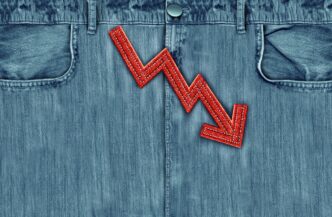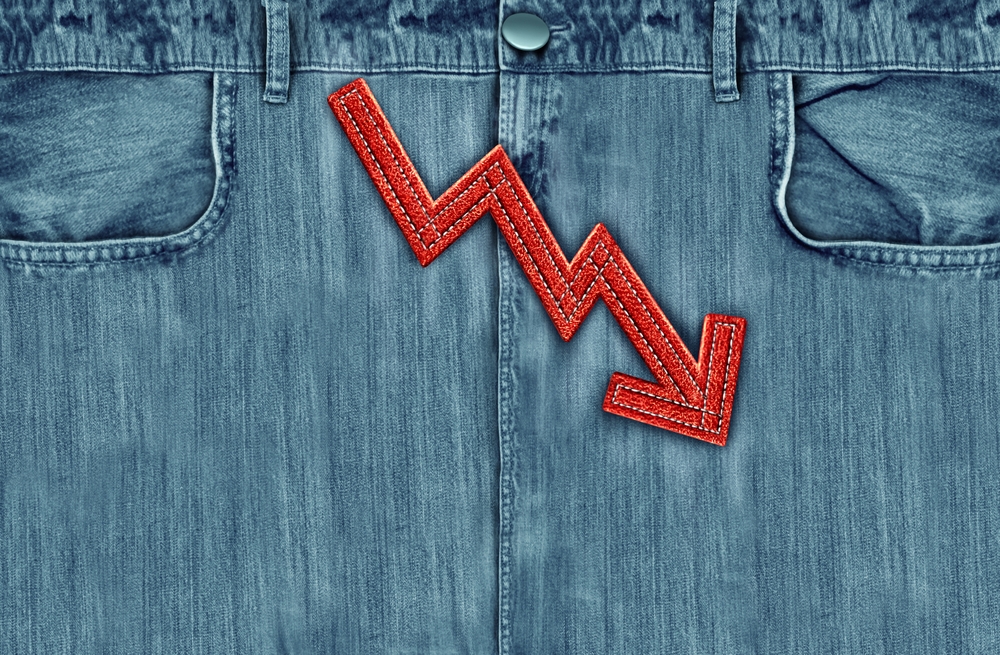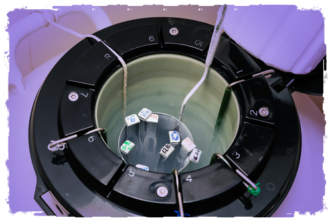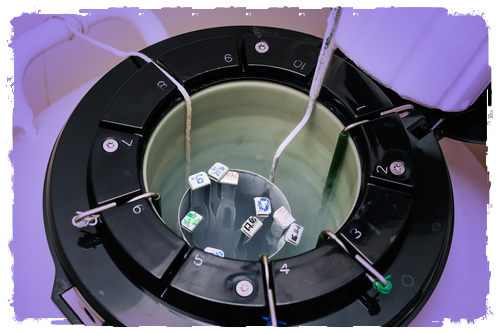Fertility treatments have come a long way, giving new hope to men with low sperm count. Thanks to modern advances, becoming a father is still possible — so don’t lose heart, the path to parenthood may be closer than you think.
WORDS LIM TECK CHOON
 FEATURED EXPERT FEATURED EXPERTDR AGILAN ARJUNAN Consultant Obstetrician and Gynaecologist and Fertility Specialist evelyn Fertility and Women Specialist Centre Website | Facebook | Instagram | YouTube | TikTok | X (Formerly Twitter) |
A CLOSER LOOK INTO SPERM PRODUCTION
To better understand the issue of low sperm count, Dr Agilan Arjunan first explains how the body produces sperm.
- The pituitary gland produces follicle-stimulating hormone (FSH) and luteinizing hormone (LH). The hormones then travel to the testicles.
- FSH stimulates the Sertoli cells in the testicles to produce sperm cells. LH stimulates the Leydig cells in the testicles to produce the male sex hormone testosterone.
- As more sperm and testosterone are produced in the testicles, the Sertoli cells begin to produce another hormone called inhibin.
- High levels of inhibin and testosterone cause the pituitary gland to reduce its production of FSH and LH. Subsequently, sperm cell production decreases.
Once sperm cells are produced, they will take around 72 days to reach maturation.
Therefore, any changes made to improve sperm count and quality usually need about 3 months before any noticeable improvements are seen.
WHAT DOES “LOW SPERM COUNT” MEAN? HOW LOW IS LOW?
“The World Health Organization defines low sperm count as sperm concentration of below 15 million per milliliter of semen,” says Dr Agilan.
Given the drop of fertility rate among men worldwide, he adds that this figure is expected to be redefined into a higher figure in the future.
| A man’s sperm count is not linked to his physical appearance. It is possible for a man that is tall, muscular, and hairy to still have low sperm count. |
How Can a Man Have Low Sperm Count?
Something affected the sperm production process
- Dr Agilan reveals that about 15%of men with zero sperm count (azoospermia) are born with defects in their Y-chromosome.
- Hormonal imbalances can also affect sperm production. One common example is the use of anabolic steroids by men who want to improve their physique.
|
Something is blocking sperm cells from being present in the man’s semen
- Typically, this could be due to past infections, previous surgery that led to obstructive scar tissues, or injury to the genitals.
However, there is hope!
- We only need one sperm cell to successfully fertilize a woman’s egg cell and create a child,
- Now, we have the technology and expertise to retrieve sperm cells from the man’s genitalia, even if his sperm count is low.
HELPING A MAN WITH LOW SPERM COUNT: EARLY STEPS
Dr Agilan shares that the fertility specialist will first run some tests to first determine the nature of the problem.
Sperm Sample
- Sperm samples will be needed to determine key details such as how much sperm is made, the shape of the sperm cells and how these cells move.
- The semen will also be analyzed to measure its volume, acidity and uniformity.
Blood Tests
- This will help determine whether there is any hormonal issue that affects sperm production.
- It also gives information about how ‘hard’ the brain is working to stimulate testicles to produce sperm.
Physical Examination
- This gives information about the size and consistency of testicles as well as the presence of vas deferens (the tube connecting the testicles to the penis).
Ultrasound Examination
- May be useful to determine whether there is any issue with the man’s genitalia that can affect his fertility.
Biopsy
- If necessary, a small piece of tissue may be obtained from the testicles to be further examined in a laboratory.
HELPING A MAN WITH LOW SPERM COUNT: NEXT STEPS
- Based on the test results, the fertility specialist will prescribe the appropriate hormone treatment to improve the man’s sperm count.
- The man will provide his sperm sample at predetermined intervals (usually once every 4 to 8 weeks) for assessment.
If Good Improvements Are Seen
The fertility specialist may recommend simple fertility treatments such as intrauterine insemination (IUI) to help the couple have a child.
- IUI involves extracting the man’s sperms and placing them directly into the woman’s uterus.
- This is done in order to place the sperms nearer to the fallopian tube and hence increase the chance of fertilization of the egg cell by a sperm cell.
- In most cases, though, the sperms would be frozen and used later for in-vitro fertilization (IVF).
Dr Agilan strongly recommends that the man should take measures to improve his sperm quality prior to IUI:
- Practice healthy diet, regular physical activity, good stress management and healthy weight management.
- Avoid cigarettes and alcohol.
If Sperm Count Remains Low
Dr Agilan says that there are still options that can be explored.
Intracytoplasmic sperm injection (ICSI)-IVF
- In normal IVF, a viable healthy egg obtained from the woman will be placed in a dish in the IVF laboratory and mixed with many sperms obtained from the man.
- In ICSI-IVF, the embryologist will directly inject a single sperm cell into an egg cell using a thin hollow needle-like structure called a pipette.
- This procedure will be repeated for every egg harvested from the woman.
- This process improves the chances of a successful fertilization compared to IVF without ICSI, although Dr Agilan notes that it does not guarantee a 100% chance of success. If the man is still unable to produce adequate sperm cells after hormone treatment, or if nearly all the sperm cells seen in provided samples are dead, then there is the option of PESA or TeSA.
Percutaneous epididymal sperm aspiration (PESA)
- Carried out if there is a blockage in the vas deferens preventing sperm cells from being present in the semen or if the vas deferens is absent from birth.
- Sperm produced in the testicles is stored in a tube-like structure called the epididymis.
- In PESA, a very fine needle will be inserted into that structure to collect some epididymal fluid.
- The fluid will then be examined carefully under the microscope to locate healthy-looking sperm that can be used for ICSI-IVF or frozen for later use.
This process is performed under local anaesthesia, so there should be no pain, and there is no incision and hence no scar formation.
The entire procedure does not take long, and the man can go back to his usual routine on the same day or the day after.
Testicular sperm aspiration (TeSA)
- An option when there is no sperm cells observed in the man’s sperm sample.
- The procedure is nearly similar to PESA, only this time the fine needle is inserted directly into the testicular tissue instead of epididymis.
| This article is part of our series on tips and advice on women’s health, sex life, and fertility. |










